One of the most under-rated procedures of the precision shaft alignment process is the TIGHTENING SEQUENCE of the hold down bolts on the movable machine. Also, tightening the bolts to proper torque specifications is many times considered unnecessary and is just not typically done. Tightening sequence and proper bolt torque are critical to the performance of the fastener, which affects the performance of a machine should the fastener fail. This applies to ALL bolts.
Torque is defined as “induced twisting” of a bolt to achieve the proper clamping force. When proper torque is applied to a bolt, the clamping force of the bolt is at its designed maximum. Torque is applied by using a torque wrench. Unfortunately, these tend to be large and long handled. This can make torque wrenches hard to use. Sometimes they won’t fit on a bolt due to lack of clearance. Some will say, this is due to poor engineering when the machine was designed. Our job as a mechanic is still the same despite failure on the design engineer’s part. We still should properly torque the fasteners.
Adapters and torque tools have been created to address these issues and many tools available to make it possible to properly maintain equipment. Some of the tools that are specific to help torque bolts are:
- Torque wrenches of varying design.
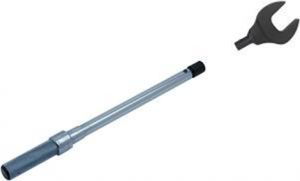
This one is specifically designed for use with crow’s feet.
- Adapters such as crow’s feet. There are many videos on YouTube on their proper use.

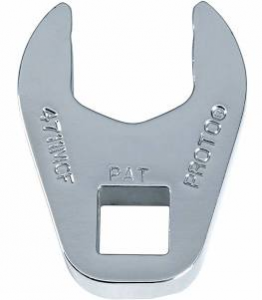
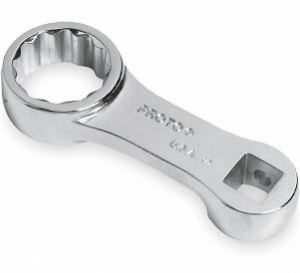
- Torque multiplier for high torque applications.
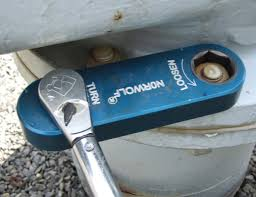
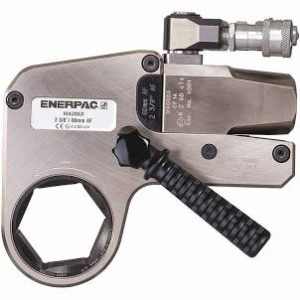
- Torque tables or apps. that are available on the internet. Google Play and iTunes have many choices.
- Learning and understanding the proper use of how each of these works.
Tightening sequence and applying proper torque is fundamentally the same regardless of the items being bolted together; follow a crisscross pattern in multiple passes until final torque is achieved. Whether tightening a pipe flange, installing a vehicle wheel, or replacing a pump rotating assembly into the volute, we should follow a crisscross pattern in multiple pass.
Torque sequence is a common-sense process that somehow eludes many of us when it comes to tightening the hold down bolts on the movable machine during a precision alignment. I have witnessed on numerous occasions, mechanics tightening down one side of a motor then hand the wrenches to their partner to tighten the other side. No torque wrench involved. No sequence followed. I don’t know why this is, but it happens all the time.
When attempting a precision alignment, within tolerances of a couple thousandths of an inch, any unintentional movement must be controlled. A common cause of this movement is tightening the bolts in too large of increments. I usually recommend this order:
- Tighten the bolts to contact.
- Hand tighten all bolts equally in a cross pattern
- Set your torque wrench to ¼ to 1/3 the final torque value of the fastener. Tighten the bolts in THE SAME cross pattern. Increase torque in equal amounts until full torque is achieved.
- If you notice movement in the movable machine (and soft foot has been corrected) start again. Loosen bolts, reposition the machine. Divide the torque into 5 or 6 increments. If it moves again, start again… 7 or 8 passes…. etc.
If you choose to not use a torque wrench, I would recommend one person using the wrench. Equal tightening is more likely this way. If you have a torque wrench and can get it on the bolts, I would say use it! This applies to tightening any bolt, but especially to control unintentional movement during the precision shaft alignment process.


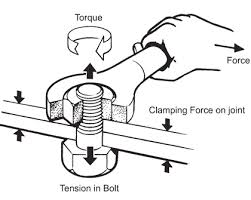

1 Comments
You hit it on the Head Tom, this action will cause a mechanic to chase an alignment all day and complain the alignment tool is bad. Common sense will tell you that procedure will not work, but yet it is done every day and the guys know better but are in a hurry. I’ve seen it with our guys, and with contractors as well. We had a pump contracted out to change and when it was started up by the next day all the shims had vibrated out and the coupling had destroyed itself because the bolts had not been torqued properly, but it was not followed up on. The vibe tech caught it on his base line and our mechanics had to go back and redo the alignment. So there you go….. follow procedures!